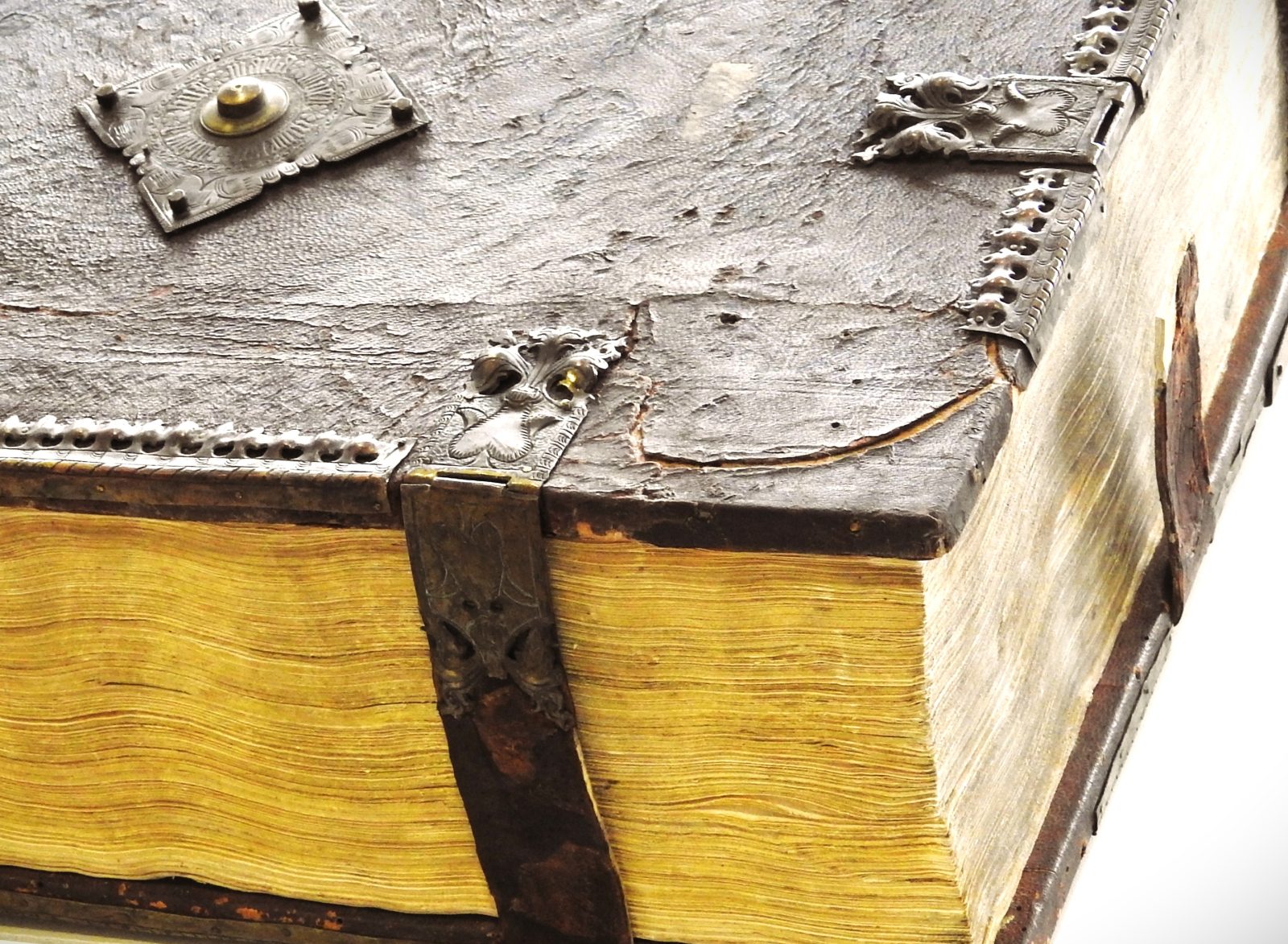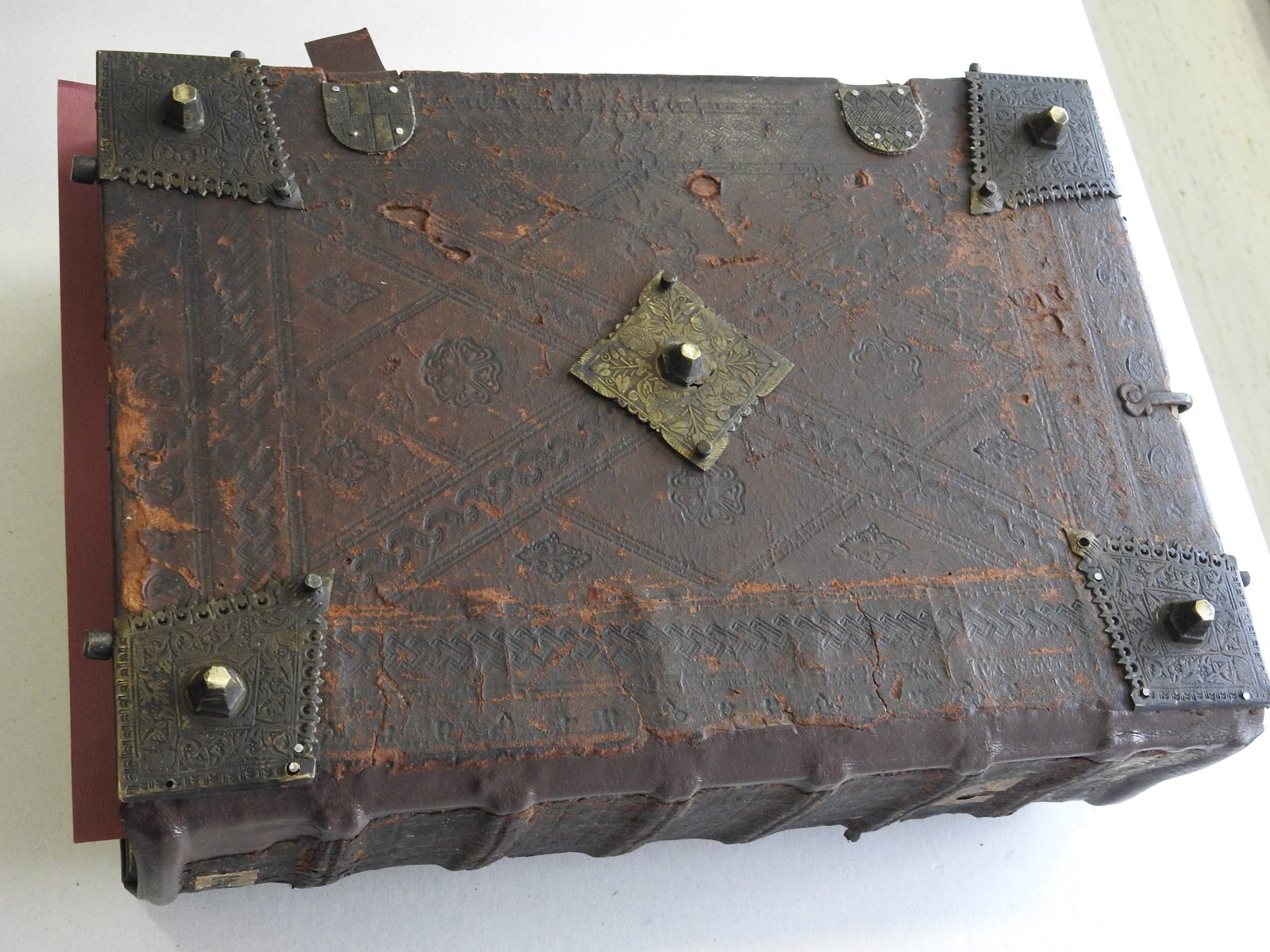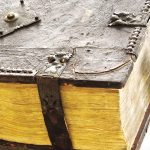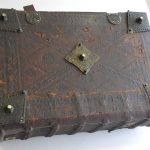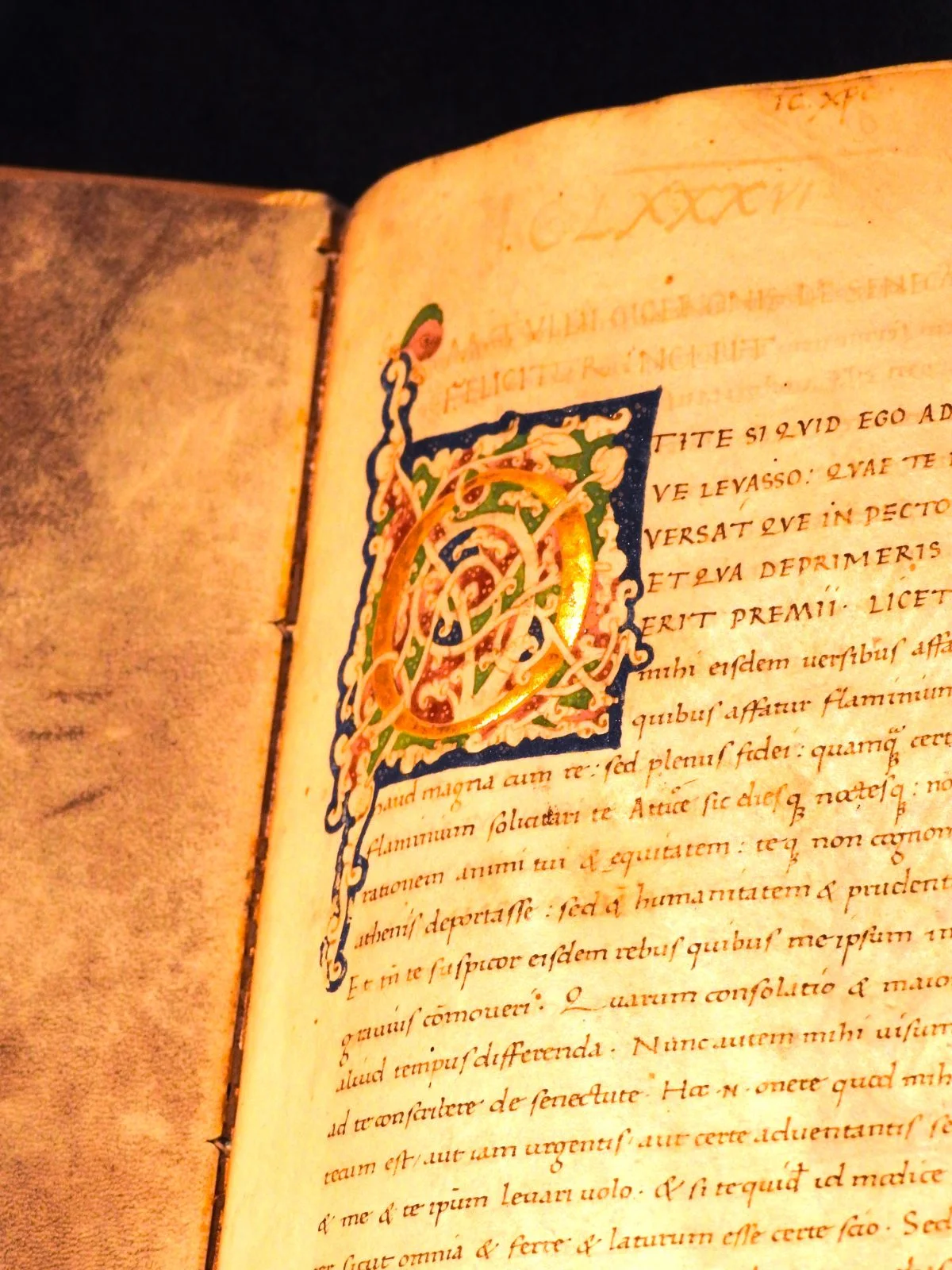
The history of script and manuscript books at the BEYOND LANGUAGE workshop at the MSI College
About manuscripts, incunabula, enthusiasts and detectives at BUWr – another fascinating workshop in the BEYOND LANGUAGE series at the UWr’s College for Interdisciplinary Individual Studies
Thursday, 25 April 2024, marked the end of a series of workshops on the origins of the manuscript book and writing offered to students as part of the BEYOND LANGUAGE course. During the first two meetings, mgr Dawid Kuriański and dr Adam Poznański from the Manuscripts Department of the University Library in Wrocław, introduced the students of the MSI College to the fascinating origins and dynamic changes in writing over the past centuries. Writing itself, and even more so the written and printed book, are groundbreaking, albeit relatively ‘new’ inventions in the history of cultural and linguistic development.
The third and concluding meeting of the workshop, which lasted several weeks, took place at the University of Wrocław Library at ul. Fryderyka Joliot-Curie. We had the opportunity to confront the previously studied theory with the reality of the manuscript book, incunabula and methods of preserving endangered and priceless volumes.
Thursday’s workshop began with a visit to the Special Collections Conservation Workshop, led by mgr Katarzyna Łabuz. It was an excellent opportunity to learn about the ins and outs of a conservator’s work. The workshop’s team is currently made up of eight people (despite the enormity of the work, which could be distributed among fifty specialists and everyone would have something to do every day until retirement), whose main task is to secure and conserve special collections, as well as maintaining photographic conservation documentation. This work requires a considerable amount of interdisciplinary knowledge, of which the most ardent bibliophiles would not be ashamed, as well as philological acumen and linguistic flexibility in identifying writings. Also important are manual skills, a lot of patience and, above all, passion!
Conservators often have to solve puzzles in search of various items scattered through the book collection of the objects being conserved. Sometimes it also becomes their task to track down lost artefacts that the Library has lost due to warfare or theft.
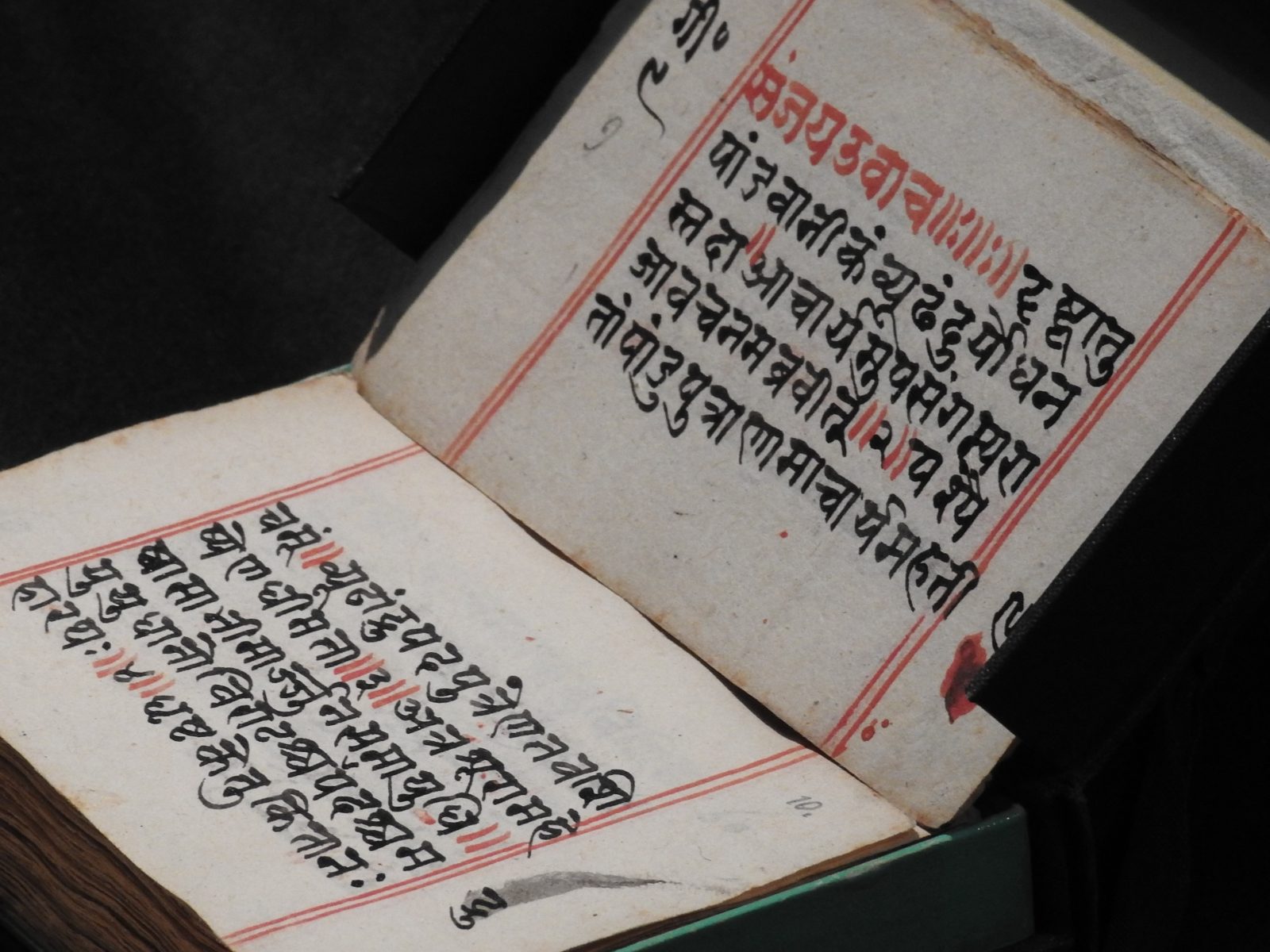
During the workshop, we had the unique opportunity to interact with real treasures of scribal culture – manuscripts from many centuries ago of immense value, not only materially (the value of many of them exceeds hundreds of thousands of dollars), but, above all, culturally. To begin with, dr Antoine Haaker intoned the introduction from the original manuscript of the Mahabharata – an epic written in Sanskrit and preserved in BUWr’s collection. Thanks to our cicerone’s acclaimed performance, we were able to listen to how this, the world’s longest epic, might have sounded in the original. Among the monuments of written culture of BUWr one can also find priceless works of theology, law and poetry. Particularly noteworthy are the fifth-century copy of the world’s oldest surviving Latin translation of the Chronicle of Eusebius of Caesarea, and one of the oldest copies of the only extant work by St Jerome of Stridon [331-420], author of a translation of the Vulgate and patron saint of translators.
After an engaging lecture by Ms Katarzyna Łabuz, the MSI College students made their way to the ‘exhibition area’, where dr Antoine Haaker and mgr Dawid Kuriański of BUWr’s Manuscripts Department, presented unique works from the surviving library collections currently in the Wrocław book collection.
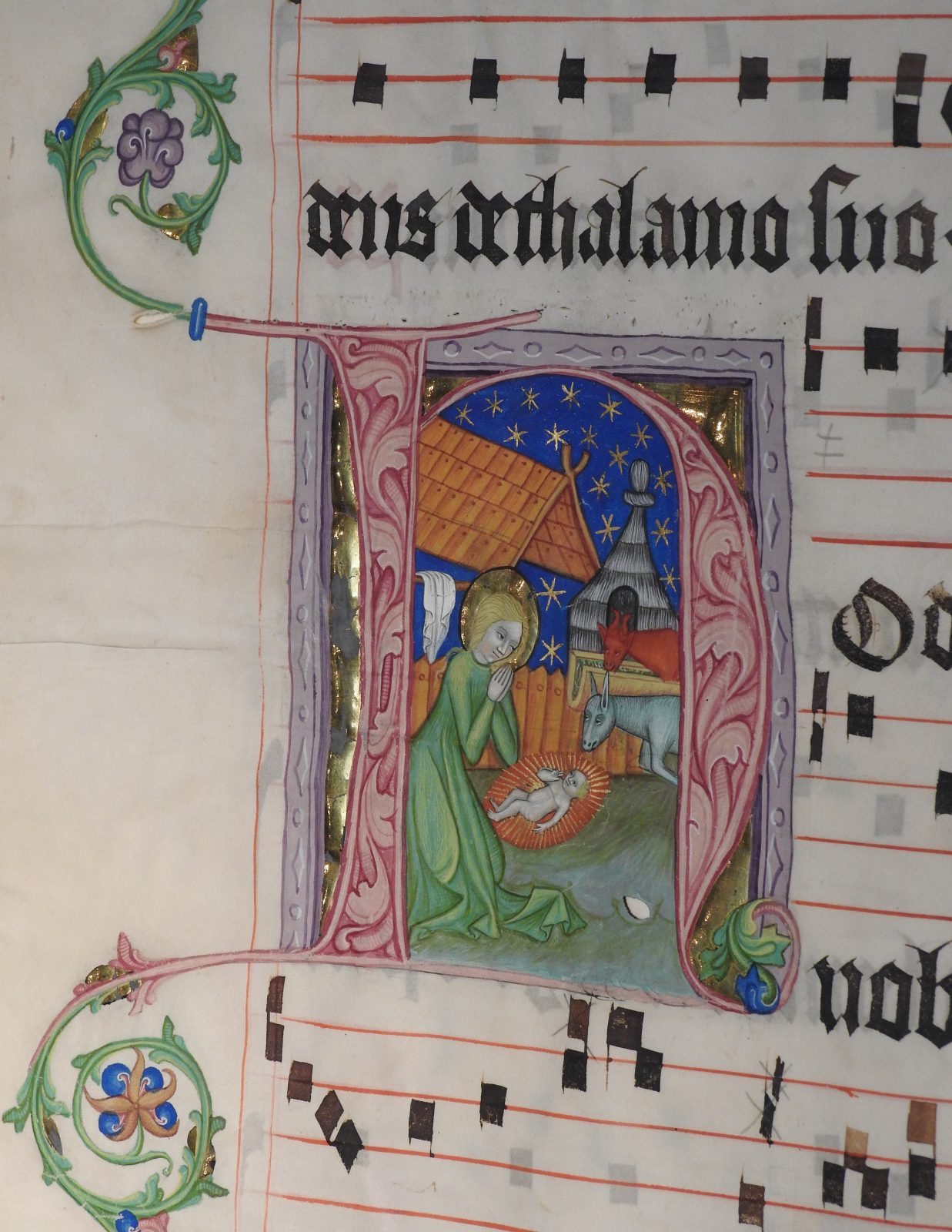
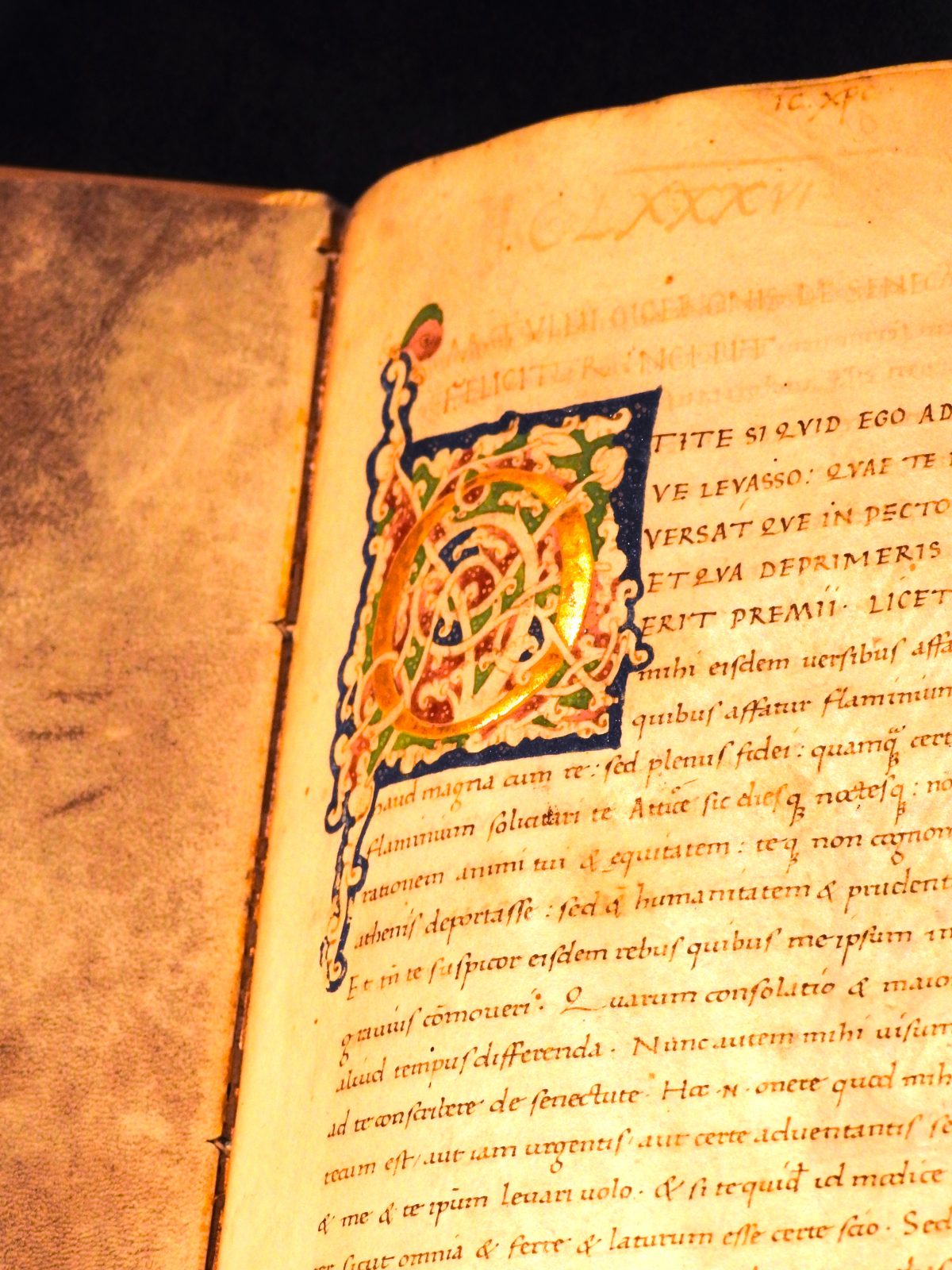
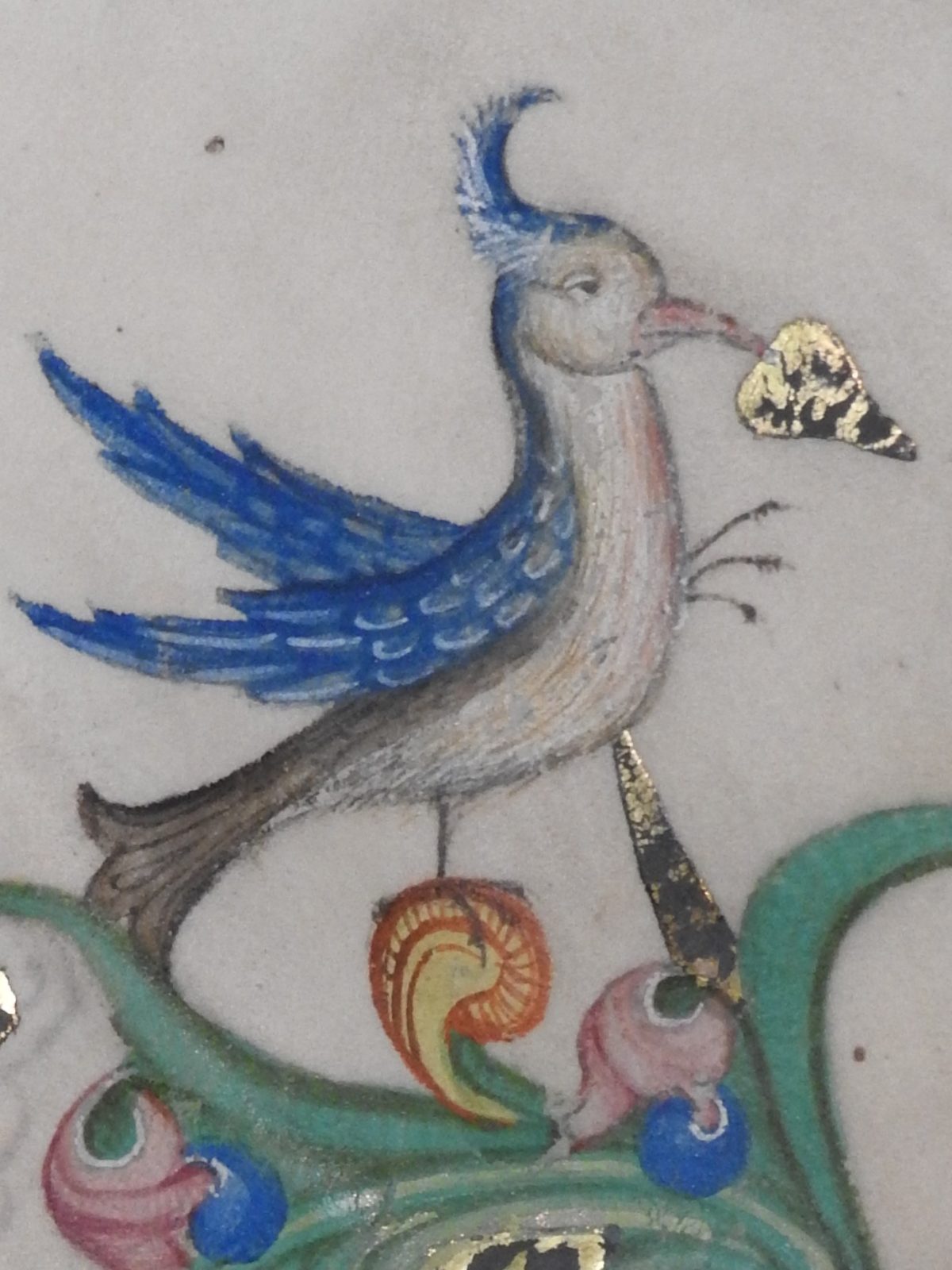
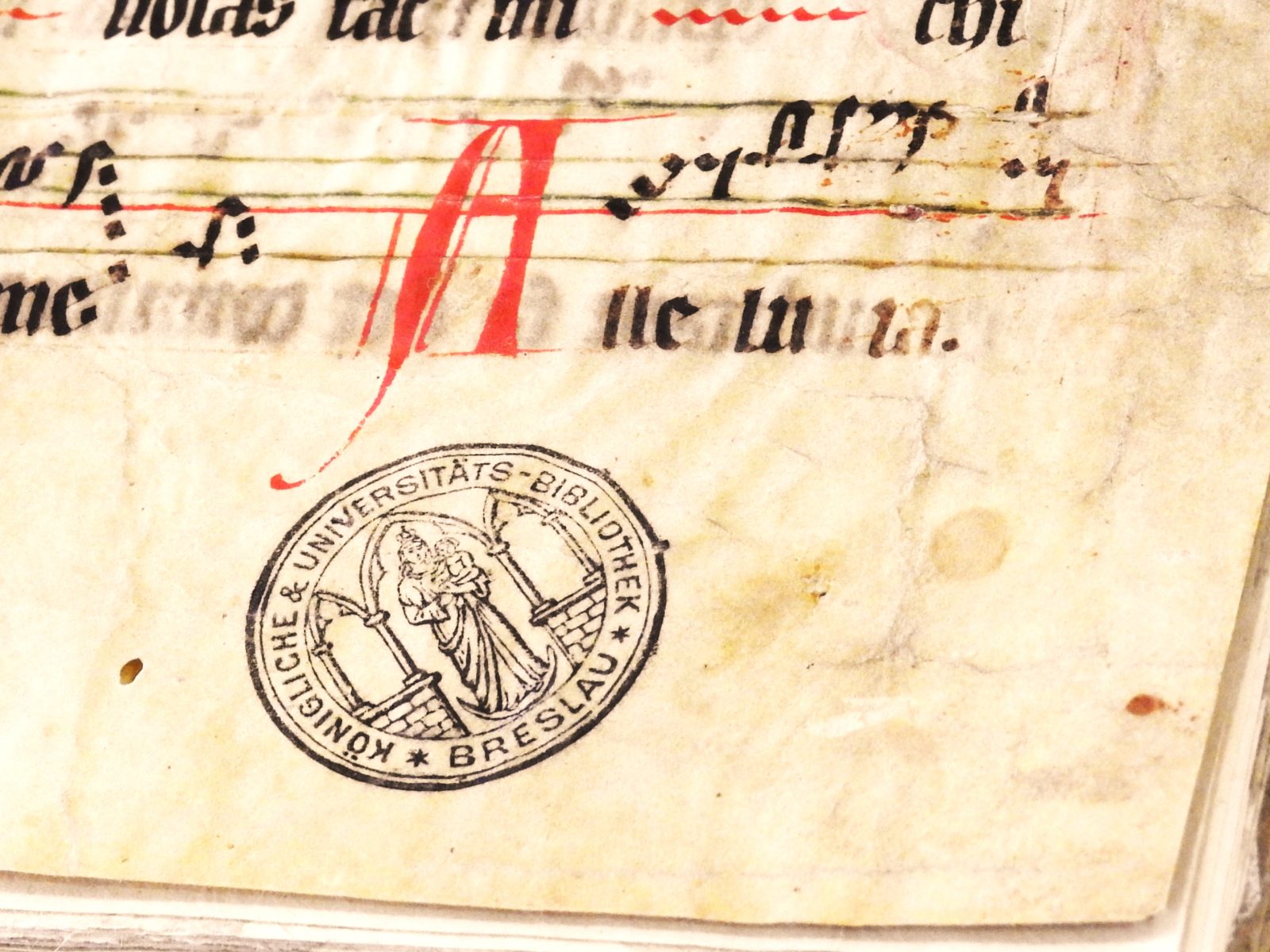
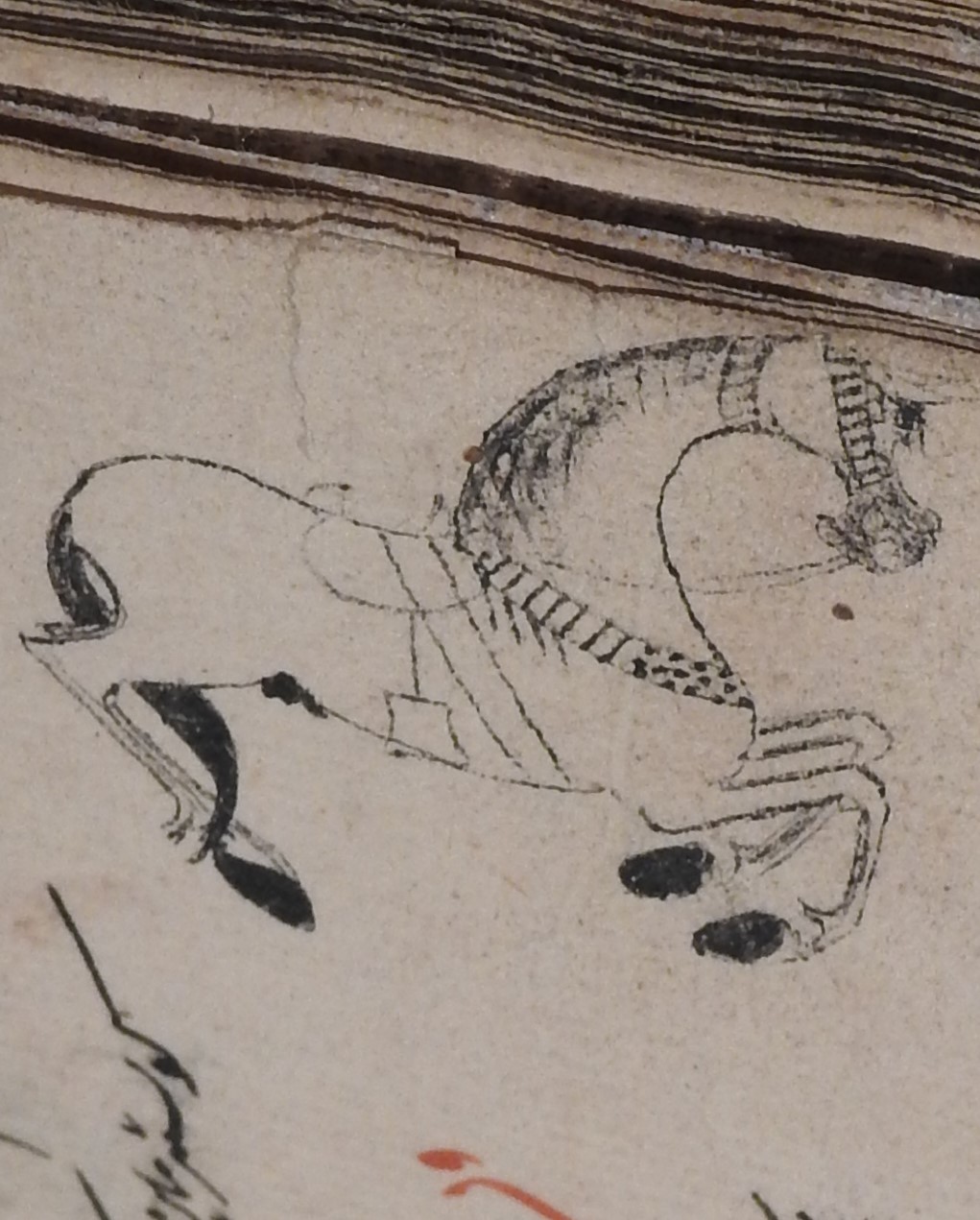
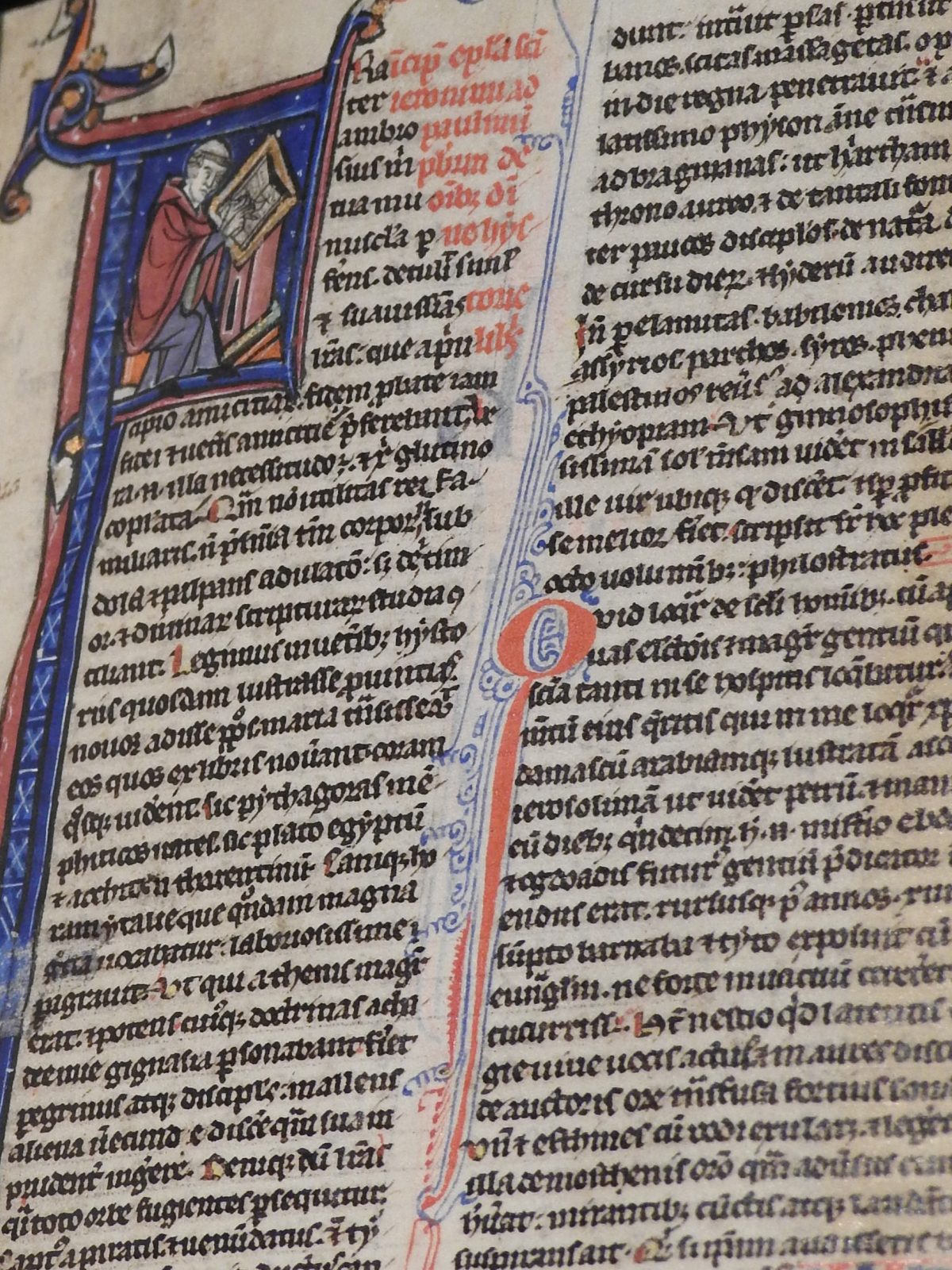
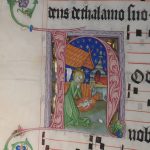
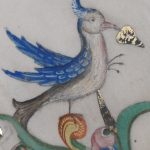
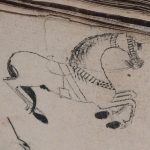
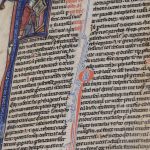
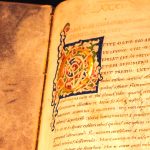
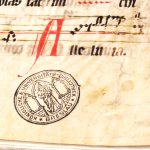
Among the monuments of written culture at BUWr one can also find priceless works of theology, law and poetry. Particularly noteworthy are the fifth-century copy of the world’s oldest surviving Latin translation of the Chronicle of Eusebius of Caesarea, and one of the oldest copies of the only extant work by St Jerome of Stridon [331-420], author of a translation of the Vulgate and patron saint of translators.
Students were also able to see the autographs of prominent historical figures, including the brilliant Swiss mathematician and inventor – creator of the minute hand in a clock – Jost Bürgie [1552-1632], the correspondence of Martin Luther [1483-1546], the initiator of the religious-political-social movement known as the ‘Reformation’ (presumably, today’s ladies of Polish Studies would lower his grade for ‘handwriting character’?). We could also see a handwritten note by August Strindberg [1849-1912], the Swedish photographer, painter and playwright, considered by many to be the father of modern theatre.
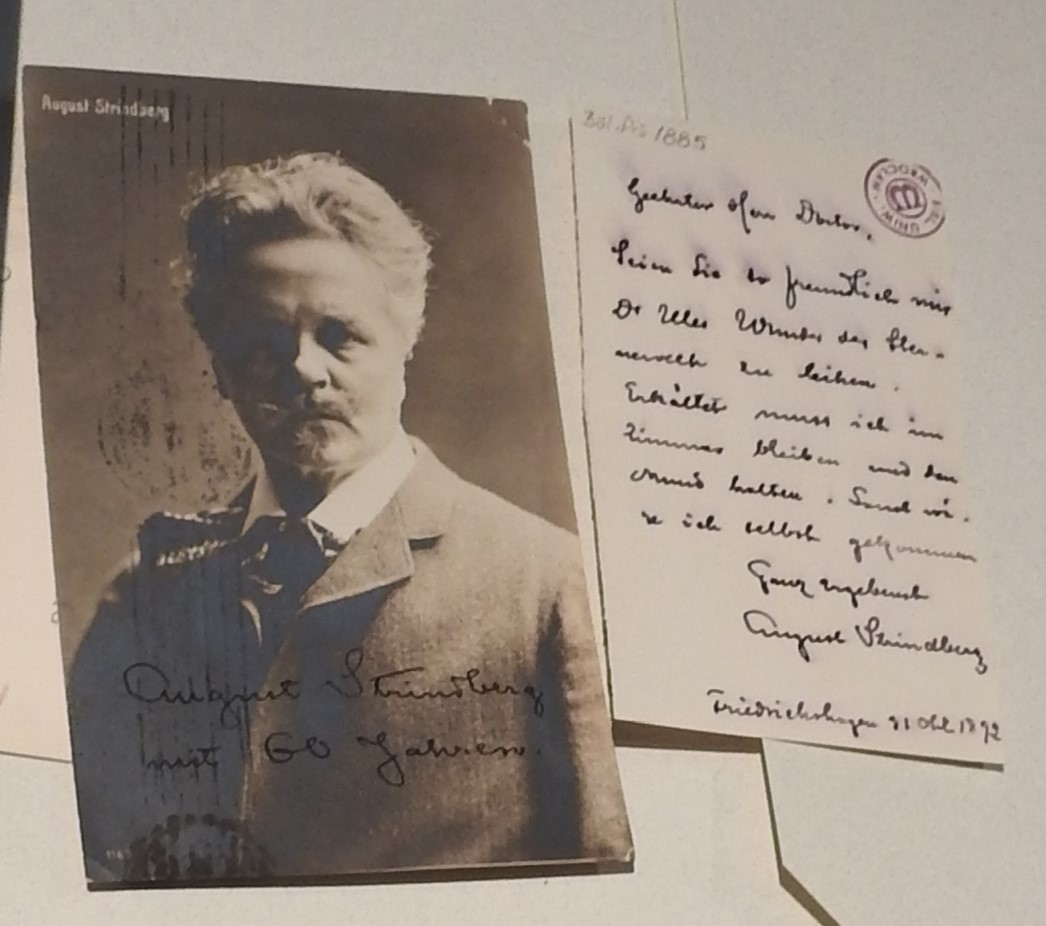
The last meeting in the series of writing workshops was a valuable lesson and a wonderful experience. As Ms Katarzyna Łabus rightly said, ‘such an opportunity can only come once in a lifetime’. We – the students of the MSI College – looked with great admiration at the passion that even lit up the walls of the University Library. As Kornel Makuszyński [1884-1953] once remarked: ‘the house where the book is found is the tabernacle of the sun.’
text: Mateusz Siwko, student of the UWr MSI College
redaction: Monika Piechota/Piotr P. Chruszczewski
pictures: Piotr P. Chruszczewski
recommended links:
Pan mgr Antione Haaker – prawdziwy detektyw wśród miłośników książek: link
Warte rozważenia: „rogaty Mojżesz” był świadomym wyborem, a nie pomyłką niezwykle oczytanego św. Hieronima, jak dowodzi Pani doktor Aleksandra R. Knapik w swojej najnowszej publikacji:
Knapik, Aleksandra R. (2024) „Rogaty Mojżesz w przekładzie św. Hieronima – pomyłka w tłumaczeniu czy uzasadniona decyzja tłumacza?”. [W:] Aleksandra R. Knapik, Piotr P. Chruszczewski (red.) Między tekstem a kulturą. Z zagadnień interpretacyjnych. San Diego, USA: Æ Academic Publishing; 229–237.
Jost Bürgi – życie i twórczość zapomnianego geniusza: link
Oddział Rękopisów BUWr oraz cymelia do obejrzenia: link
